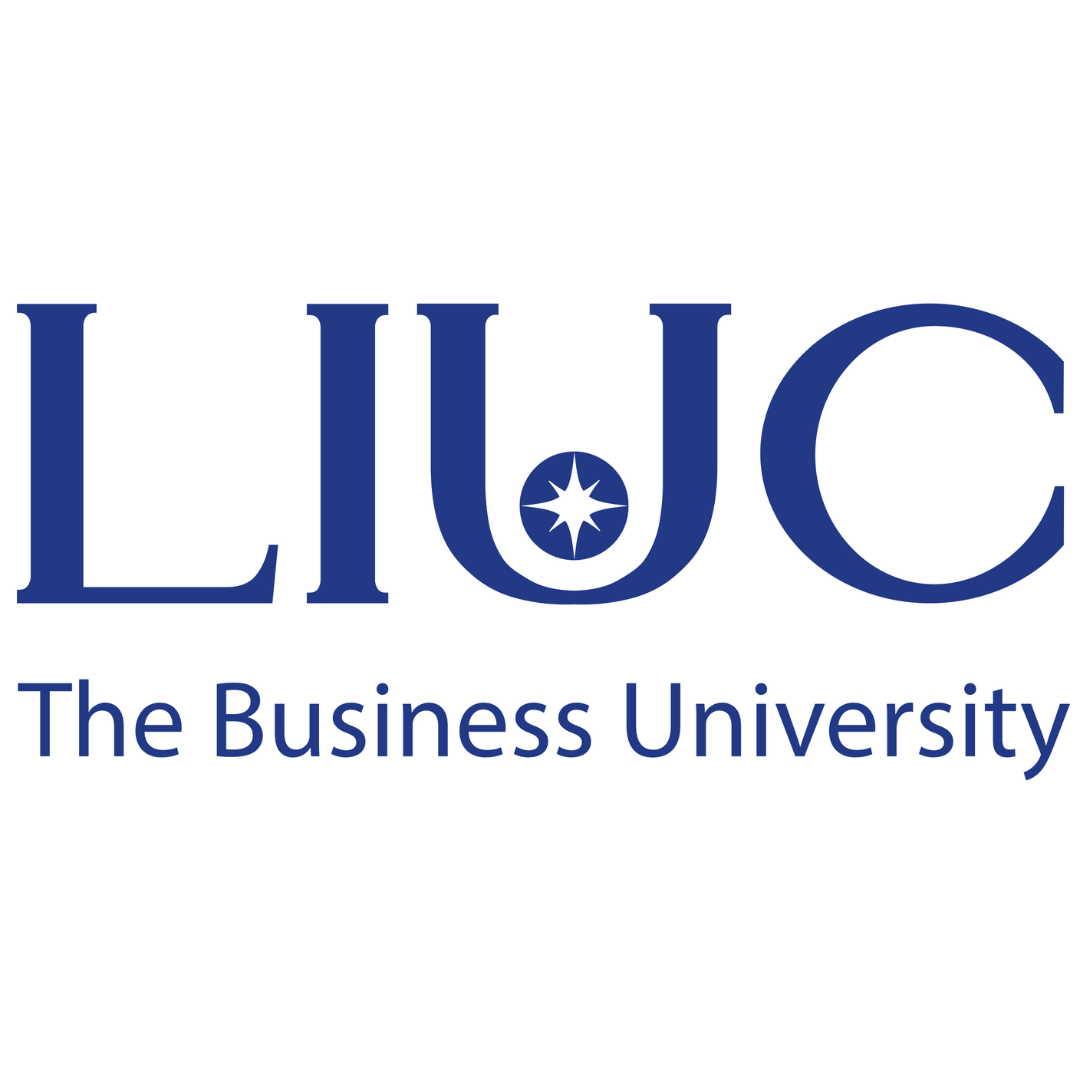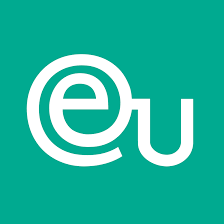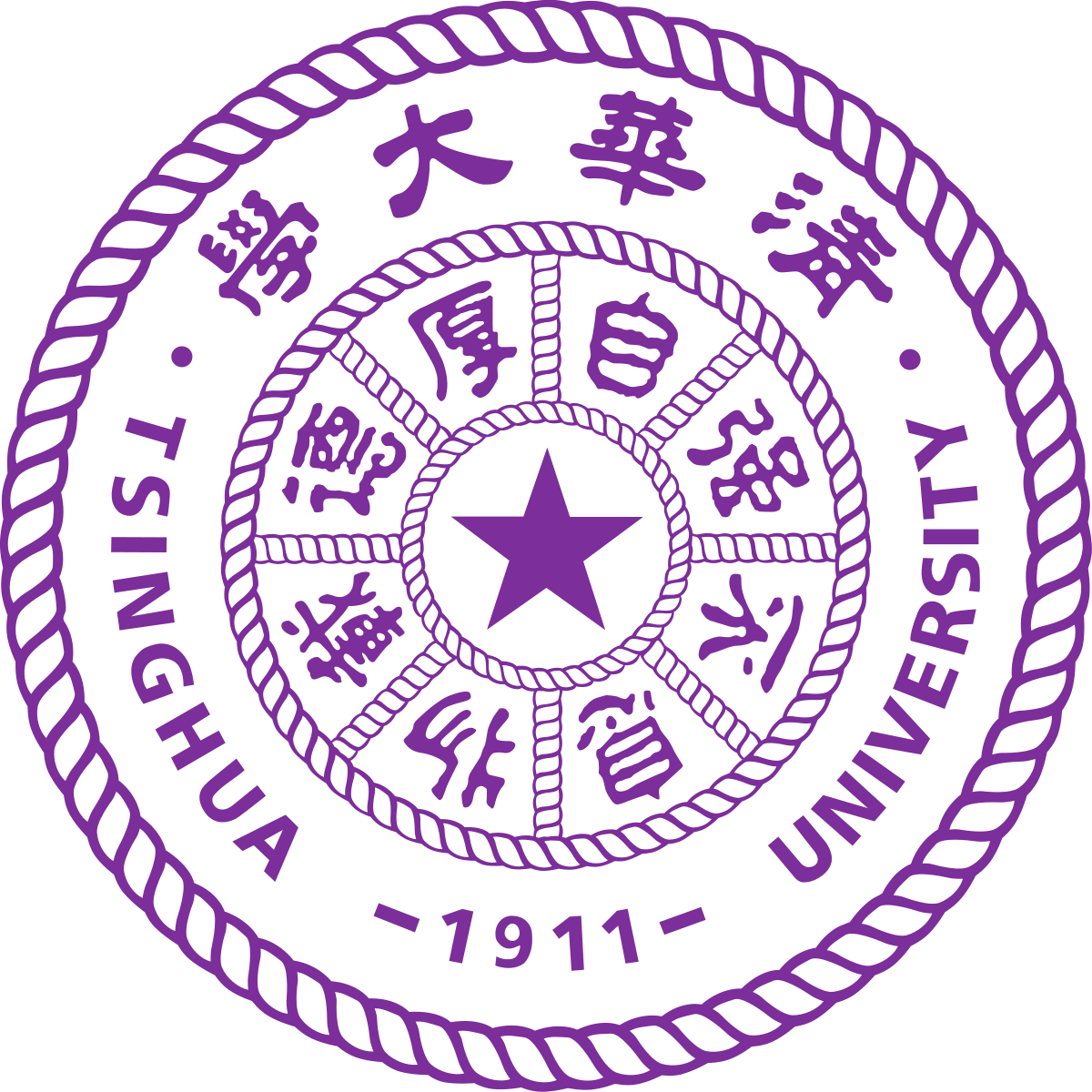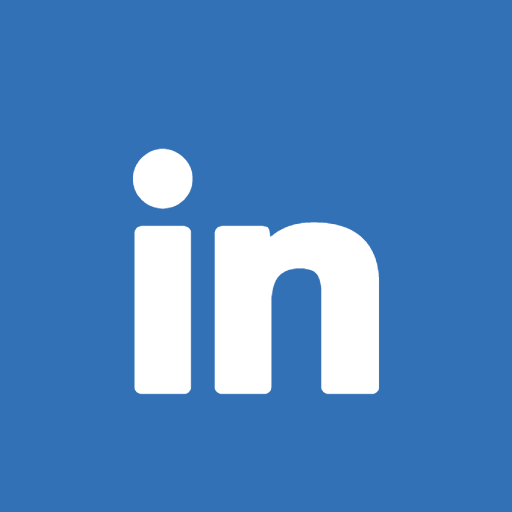Programme
Course 1: Pre-clinical Imaging
This first course is focused on pre-clinical imaging, which ranges from ex vivo imaging of a single molecule to in vivo imaging of animal models. The course aims to give you insight into the basic principles as well as the biomedical applications of ex vivo and noninvasive in vivo imaging techniques. Imaging techniques that will be discussed are mass spectrometry imaging (MSI), electron and light microscopy (EM and LM), ultrasonography, Magnetic Resonance Imaging (MRI), Computed Tomography (CT), and nuclear imaging (Single Photon Emission Computed Tomography (PECT) and Positron Emission Tomography (PET).
You learn to prepare samples, acquire, transform, analyse and utilise various imaging modalities to visualise sub-cellular structures up to whole animal imaging. Combined, these preclinical research methods pave the way for new diagnostic approaches required for personalised and systems medicine.
Within this course you will design a project to learn how to solve a biomedical research question with advanced imaging. The distinctive (molecular) imaging infrastructure at the Maastricht UMC+ is available for students, who will have the opportunity to meet and interact with experts in the imaging field.
Course 2: Clinical Imaging
This second course in this specialisation focuses on the application of imaging to address physiological and pathological disease processes in man in a clinical (research) setting. Imaging technologies provide increasingly accurate detail on morphology, structure, function and dynamics of living systems. In life sciences and (translational) clinical research, the use of (diagnostic) imaging technologies has become increasingly widespread and has now also entered the area of prevention and therapy monitoring.
This course focuses on imaging in treatment decisions based on molecular clinical diagnostic information and patient images. Clinical imaging focuses on in vivo imaging, image-guided interventions/biopsies and molecular tissue pathology and morphology. This course addresses translational aspects from systems biology to in vivo imaging of the patient with MRI/MRS and other radiological methods.
You will be introduced to the concept of radiomics in which imaging features are extracted from medical images. Intraoperative diagnostics and image-guided surgery are studied as innovative approaches that put molecular analytical information in the hands of medical practitioners. This course teaches biomedical scientists to be the interface between imaging technology and the clinic. Moreover, this course provides a translational / clinical environment to teach students to work side-by-side with clinicians on innovations in systems medicine.
Show less













